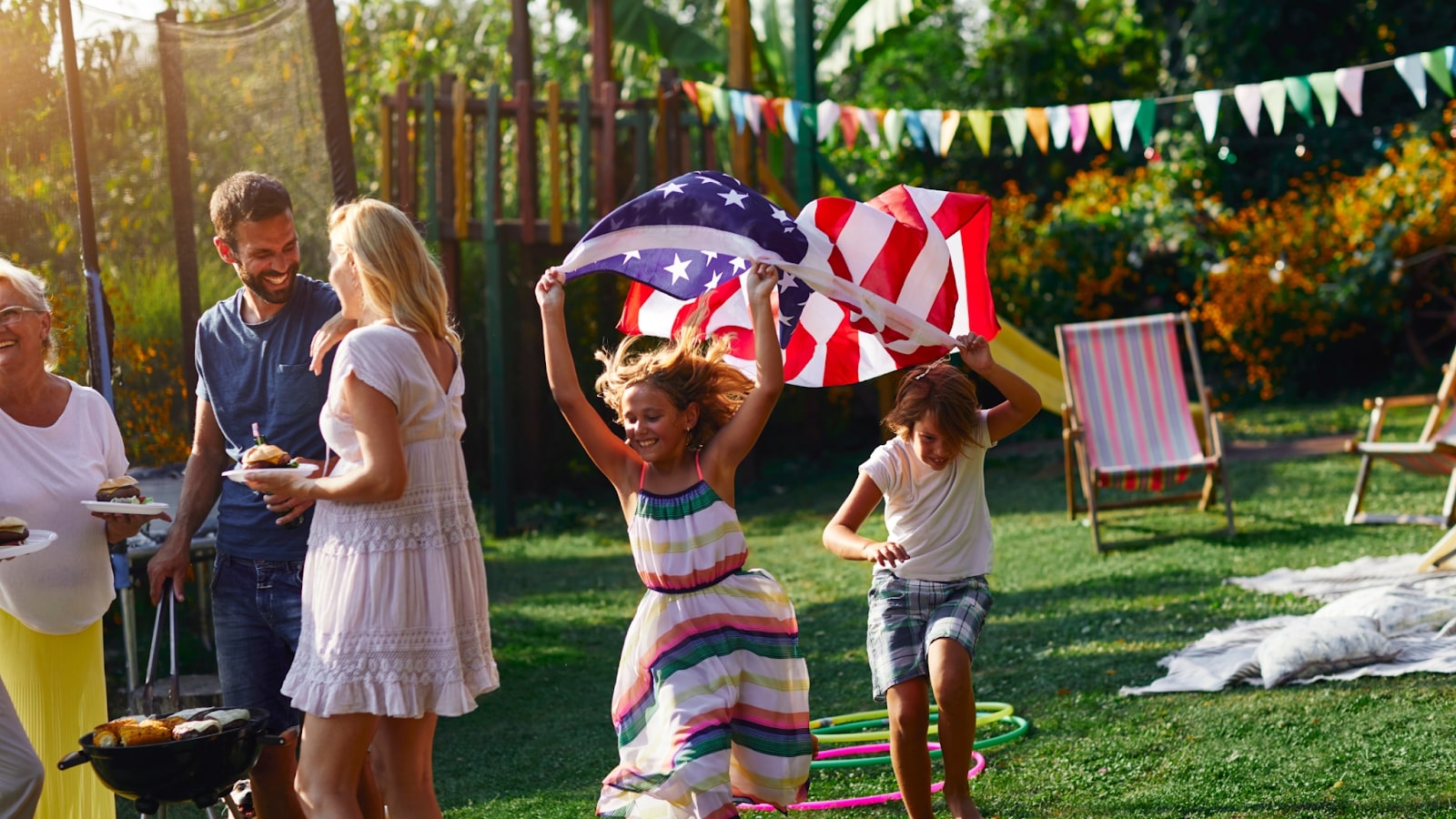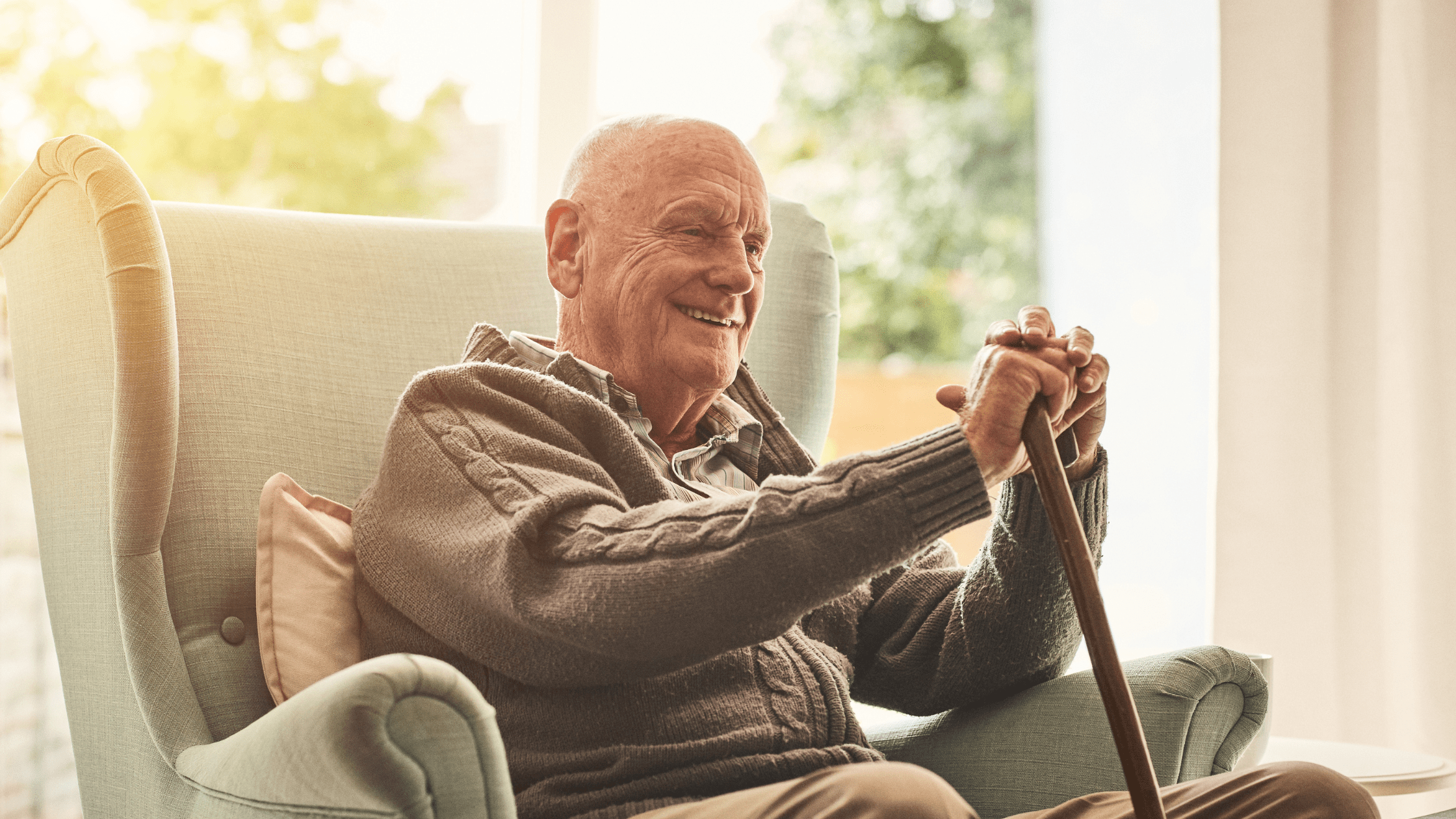As people age, living at home requires careful planning. The homes people have lived in for years may suddenly not be the safest place for them to live, and minor safety hazards can become significant issues. To prevent fall risks, minimize hazards and ensure seniors can maintain their independence, there are small steps you can take to create a safer living environment. Keep reading for 5 Ways to Keep Older Adults Safe at Home.
Prevent Falls
One of the most common ways seniors sustain injuries is from falling. When focusing on safety in the home, make sure to declutter living spaces, remove tripping hazards and secure rugs and carpets to reduce the risk of falls. Non-slip flooring can also help in areas where there isn’t much traction. Ensure all cords and wires are covered and tucked away. Adequate lighting throughout the home is also essential to help navigate safely.
Adequate Seating
Make sure there is plenty of easily accessible seating in the home. Older adults may need to take regular breaks while doing daily tasks like washing dishes, putting on their shoes or making lunch, and a bench or stool nearby can provide an easy place to rest.
Grab Bars
Installing grab bars is a practical and important safety measure, especially in bathrooms. They assist individuals with stability and balance, particularly older adults and people with mobility challenges. Grab bars offer reliable support and can help prevent slips and falls, making bathrooms and other spaces safer and more accessible. Grab bars can be purchased at most hardware stores and are pretty simple to install.
Medication Management
Older adults often take multiple medications, which can be confusing and lead to errors. Organize medications using pill organizers, and set up a schedule or reminder system to ensure they take their medications at the correct times. Encourage seniors to have regular medication reviews with their healthcare provider to avoid potential interactions or complications.
Emergency Plan
Establish a clear emergency response plan and ensure older adults know how to use any medical alert devices they may have. Post important contact numbers, including emergency services, family members and neighbors, in visible locations throughout the home. Regularly practice emergency scenarios to ensure they know what to do in case of an emergency. This way, if something happens, they already know what to do and how to call for help.
By implementing proactive measures, you can create environments that promote the well-being and independence of our older population. Through our efforts and dedication to creating safe living spaces, we can honor and cherish the wisdom and experience of older adults while empowering them to lead fulfilling, secure and joyful lives in the comfort of their own homes and communities.
If you have a loved one who is living at home and in need of some extra care, Southwoods Health at Home can provide skilled care delivered directly to the homes of individuals in need. Visit our website to learn more about the services and benefits of Southwoods Health at Home.




